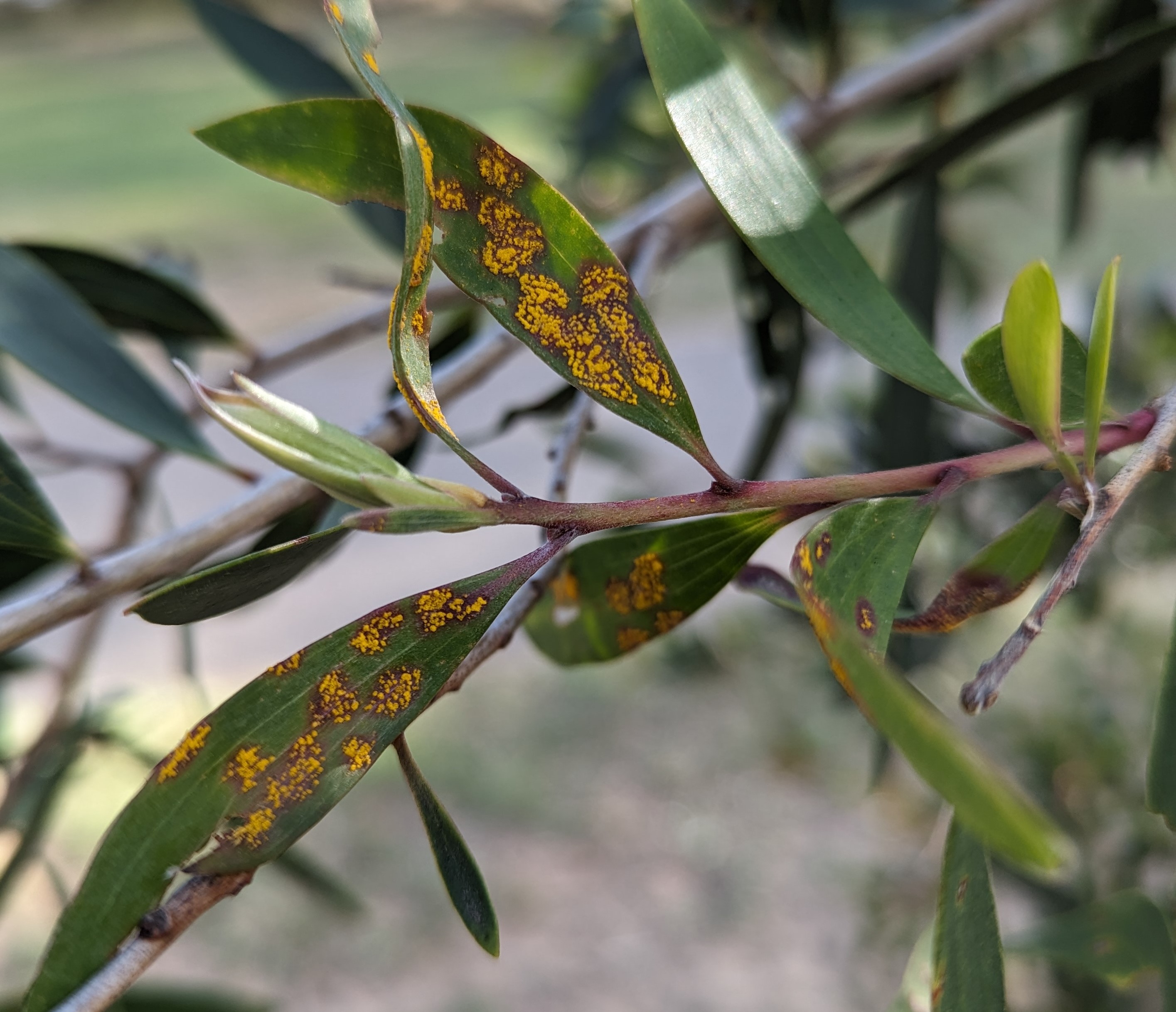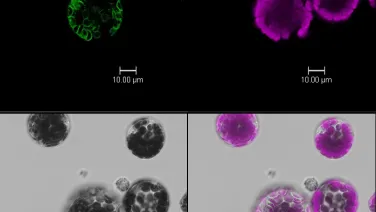PS Seminar Series: Myrtle rust research advances and challenges
Austropuccinia psidii is the fungal pathogen that causes myrtle rust on Myrtaceae hosts. First described on South American guava in 1884, the disease was noted on introduced eucalypt plantations in Brazil in 1912 before spreading globally.
Speakers
Event series
Content navigation
Description

Abstract: Austropuccinia psidii is the fungal pathogen that causes myrtle rust on Myrtaceae hosts. First described on South American guava in 1884, the disease was noted on introduced eucalypt plantations in Brazil in 1912 before spreading globally. Myrtle rust was a known serious biosecurity threat to Australia for many years and response plans had been prepared. However, within one week of the first myrtle rust detection in NSW, in 2010, it was deemed ineradicable by the Consultative Committee on Emergency Plant Pests (CCEPP) and emergency response plans were ceased. Since then, myrtle rust has devastated ecological communities and caused near extinctions of Australian Myrtaceae. Conservation and scientific efforts have attempted to protect and manage extinction loss and to understand the genetics and biology of the pathogen and its many hosts. Here, I will give an overview of the current knowledge on the pathogen. I will also present our work that has focused on developing a model host plant for research. Using our model species, Melaleuca quinquenervia, transcriptomic work combined with a genome-wide association study has provided some promising genes of interest for resistance to disease.
Biography:Peri Tobias is a Research Fellow at the School of Life and Environmental Sciences, within the University of Sydney. She is interested in the complexity of plant molecular responses to pathogens. Peri completed her Honours (First Class, University Medal) in Agricultural Chemistry, followed by a PhD at the University of Sydney, Australia, after a career in horticulture, arboriculture, and environmental management. Her research focus has been on the genetic basis of resistance to the introduced pathogen causing myrtle rust. Her broader research interest is in woody plants and their molecular response to pathogens.

